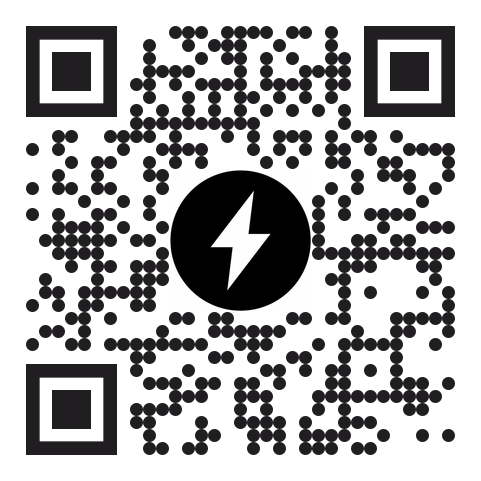

| Advertisement |
What is the "Google Analytics Opt-out" extension and how does it work?
This tool aims to restrict Google Analytics' tracking of users. Essentially, the extension inserts a straightforward configuration object into each page, signaling to the Analytics script not to track the user. Unlike adblocker scripts that monitor web requests and prevent the analytics script from being fetched, this extension doesn't intercept web requests; instead, it peacefully instructs the script not to log the current user's activity.
recommended The "Background Removal" extension for Chrome, and Edge browsers.
This extension uses an LLM library to accurately identify and remove backgrounds from images, enabling users to replace them with new ones. By leveraging the WebGPU implementation, AI operations are executed offline within the browser, ensuring user privacy and speed. Read more here.
What's new in this version?
Please check the Logs section.
Why does this extension require permission to access my browsing history?
This extension inserts an object into every page to restrain the Analytics script from reporting user activity. You need to grant permission for the extension to access all hostnames to interact with page analytics. If you want to limit the extension's functionality to specific websites, use the built-in option in Chromium browsers. Right-click the extension's action button and select "This Can Read and Change Site Data" from the context menu to restrict script injection.
How do I determine if a website is using the Analytics script?
This extension reveals a page action button for web pages that seek tracking. In Firefox and Opera, the button appears on the right side of the address bar, while in Chrome, it's added to the toolbar area. When the button has color, it signifies that at least one tracking code has been requested by one of the page frames. Hover over the action button to view the total number of Analytics requests. In Chromium browsers like Chrome, you can pin the extension button to the toolbar area for easy access. Right-click the extension button, then select "Pin" or "Pin to toolbar" from the context menu.
Please keep reviews clean, avoid improper language, and do not post any personal information. Also, please consider sharing your valuable input on the official store.
| Permission | Description |
|---|---|
| activeTab | to inject alert script when the page action button is pressed |
| *://*/* | to inject the opt-out script into all webpages |
| storage | to store internal preferences |